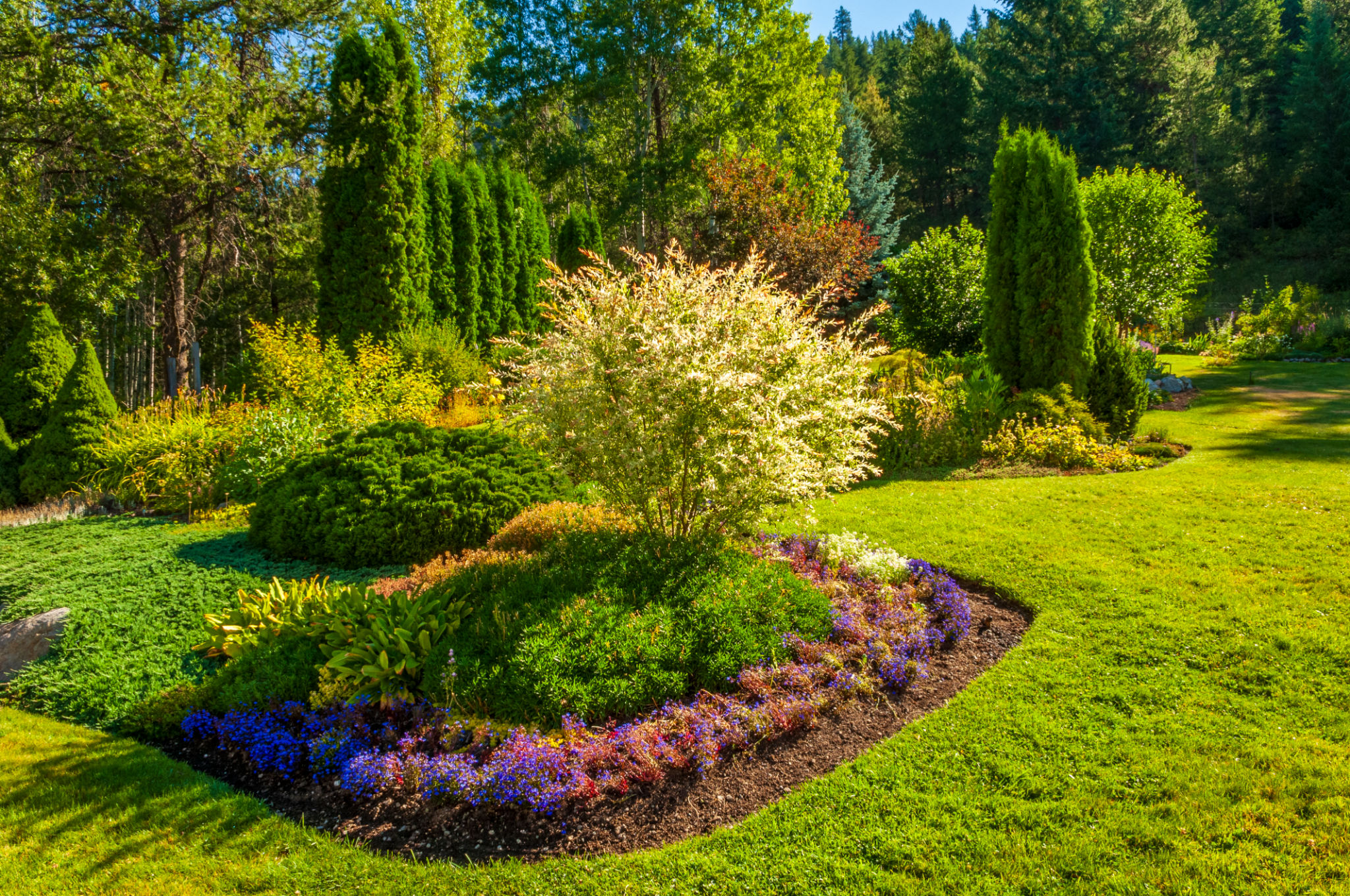The Impact of Seasonal Changes on Architectural Design in Portugal
Understanding Portugal's Climate and Its Influence on Architecture
Portugal is renowned for its diverse climate, which varies significantly from the north to the south. The country experiences mild, rainy winters and hot, dry summers. These seasonal changes play a crucial role in shaping the architectural designs seen across the region. Understanding these climatic variations is essential for architects who aim to create structures that not only withstand but thrive under these conditions.
In northern Portugal, where the climate is cooler and wetter, buildings often feature sloped roofs to efficiently shed rainwater. Conversely, in the sun-drenched southern regions, architecture tends to incorporate flat roofs and terraces that maximize outdoor space usage during the long summer months.

Traditional Architectural Responses to Seasonal Changes
Portugal's traditional architectural styles have evolved over centuries to adapt to the country's unique seasonal patterns. In the past, builders relied on local materials and techniques that offered both aesthetic appeal and functional resilience against the elements.
For instance, the use of thick stone walls in northern Portugal serves as excellent insulation during cold winters, while whitewashed façades in the south reflect sunlight, keeping interiors cool during the hot summer days. These traditional designs have laid the foundation for modern sustainable architecture in the region.
Modern Innovations in Portuguese Architecture
Today, architects in Portugal are integrating innovative design solutions with traditional practices to address seasonal changes more effectively. Modern buildings often incorporate advanced materials that provide superior thermal performance and energy efficiency.

Furthermore, architects are increasingly using technology to create dynamic structures that can adapt to varying weather conditions. Features such as adjustable shading systems and green roofs help manage temperature fluctuations, enhance energy efficiency, and promote sustainability.
The Role of Landscape in Architectural Design
The landscape of Portugal also significantly influences architectural design, with many architects seeking to harmonize their structures with the natural environment. Coastal areas require designs that can withstand harsh sea winds while mountainous regions necessitate robust structures that can manage snowfall and temperature drops.
Architects often take advantage of the stunning vistas and natural beauty of Portugal by incorporating large windows and open spaces that blur the lines between indoor and outdoor living, creating a seamless connection with nature.

Challenges and Opportunities for Architects
The challenge for modern architects in Portugal is to balance traditional aesthetics with contemporary needs for comfort and sustainability. Adapting to seasonal changes requires a deep understanding of local climates and an innovative approach to design.
However, these challenges also present opportunities for architects to push the boundaries of creativity and innovation. By integrating cutting-edge technologies and sustainable practices, architects can craft spaces that are not only visually stunning but are also resilient against seasonal variations.
The Future of Architectural Design in Portugal
As climate change continues to impact weather patterns globally, the importance of designing adaptable and resilient structures in Portugal becomes even more critical. Architects are now tasked with anticipating future climatic shifts and creating solutions that can endure these changes.
The future of architectural design in Portugal lies in combining traditional wisdom with modern innovation to create buildings that are sustainable, aesthetically pleasing, and perfectly suited to navigate the seasonal dynamics of this beautiful country.
